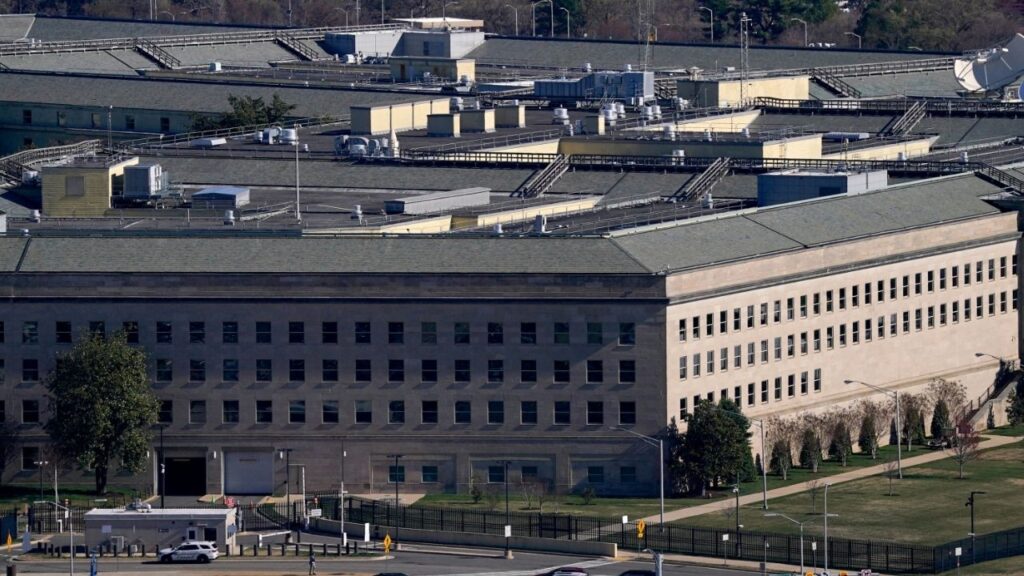Share
California leads the nation in agricultural production. It’s no exaggeration to say this state feeds the world out of its fertile Central Valley. But that rich land has become a battlefield.
California is the nation’s No. 1 state in agriculture commodity sales, with its share nearly double that of no. 2 Iowa. More than a third of the vegetables and two-thirds of the fruits and nuts produced in America are grown in California. Cattle accounts for more than $3 billion in receipts. Poultry, eggs, hogs, and miscellaneous livestock rack up more than $2 billion.
California Ag a $54 Billion Industry
California’s agriculture sector is a $54 billion a year industry and generates more than $100 billion in related economic activity.
Despite agriculture’s vital role in the California economy, some want to use legislation to shut down a significant portion of the industry. If enacted, Assembly Bill 2764 “would prohibit commercial animal feeding operations and slaughterhouses, as defined, from commencing or expanding operations.”

Kerry Jackson
Opinion
“Essentially, it is putting a halt to the growth of this industry. Eventually, we would like to see no factory farms at all. No animal farms, and no slaughterhouses,” says Almira Tanner, an activist from Direct Action Everywhere.
“Commercial animal feeding operations,” as defined by the bill, are enterprises that sell “for commercial gain an animal food product, including meat, dairy, eggs, organs, or other byproducts, that the animal feeding operation produces and that has annual revenues” of $100,000 or more.” Slaughterhouses where annual revenues exceed $100,000 would also fall under similar restrictions.
Maximizing Production at Minimal Cost
The targets are what are pejoratively called factory farms (and industrialized farms and corporate farms), defined by Merriam-Webster as facilities in “which large numbers of livestock are raised indoors in conditions intended to maximize production at minimal cost.” In other words, large agricultural outfits whose products nourish a growing world population.
Activists, however, see things through a different lens. In their thinking, industrial farms “are disastrous for the environment, nearby communities, consumer health, and animal welfare.”
The facts collide with their narrow view of industrial agriculture. It’s the “large farm owners,” writes Jayson Luck, now Purdue University agricultural economics department head, not boutique organic operations, that “fill the shelves at your local grocery store.” What’s more, they’ve kept a nation fed at prices that take a smaller bite of a family’s income than in the days before large farms. Maximizing production at minimal cost is not an unprincipled shortcut but a breakthrough that allows even the poorest to afford to eat meat, which was at one time a privilege enjoyed by the rich.
Today’s industrial facilities are high-tech operations that produce far more on less land than a 1950s farms, with fewer animals needed to yield the same results. If not for modern farming techniques used on a large scale, more than 44 million beef cattle would have been needed to provide the amount of meat eaten in 2015. Instead, only 29 million were required, a “savings” of 34%, according to Lusk. Animal welfare activists should be celebrating.
The contrast is greater in the dairy industry. Only 9 million cows were needed in 2015 to produce the volume of dairy products consumed, instead of 39 million previously.
Activists Seek End to Animal Farming
That’s not enough for activists, some of whom obscure their fanaticism with impressive corporate titles. They want animal farming shut down entirely and a world forced to subsist on nothing but vegetables. “Impossible Foods CEO Pat Brown has said he wants to end all animal farming by 2035,” Vox reported last year, in a piece headlined “What a meatless future could mean for farmers.” Ethan Brown, founder of CEO of Beyond Meat (no relation to Pat Brown) wants to lead “the first generation of humans to separate meat from animals.”
Imposing an entirely plant-based diet is of course a recipe for widespread malnourishment. Worse, California fruit, nut, and vegetable farmers are already under fire from government policies, particularly regarding water.
But then maybe, given the misanthropy among animal welfare and eco-radical organizations, it’s just part of the plan.
About the Author
Kerry Jackson is a fellow with the Center for California Reform at the Pacific Research Institute.
RELATED TOPICS:
Categories

Kazakhstan to Join Abraham Accords, Trump Says

Who Will Replace Pelosi in Congress?


















